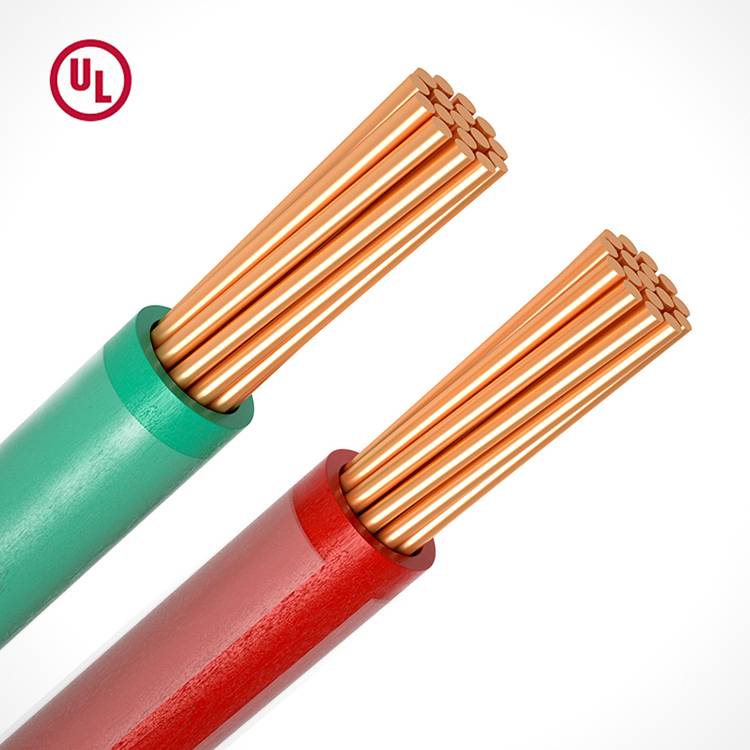 Author: Joey Wan
Author: Joey Wan  September 22,2023
September 22,2023
When it comes to wiring, one of the most important considerations is the material it is made of. Two commonly used materials for wires are aluminum and copper. And within these materials, there are different types of wires available, such as THHN stranded copper wire, fire-resistant cable THHN, copper cable THHN 5.5mm2, and so on. In this article, we'll take a closer look at the differences between aluminum THHN wire and copper THHN wire, from their application to their price, conductor, and more.
Application: One of the primary differences between aluminum THHN wire and copper THHN wire is their application. Copper THHN wire is the most commonly used wire in construction and industrial applications where it is required to carry a higher electrical current. Aluminum THHN wire is generally used in applications that require a lower amperage rating, making it a good choice for industrial and residential electrical wiring for lighting fixtures, outlets, and appliances.
Price: The price of aluminum THHN wire is generally lower than that of copper THHN wire per foot or meter. However, it's important to note that while aluminum wire may be less expensive initially, it is also more prone to damage or failure over time, which can result in higher replacement costs. Copper wire, on the other hand, may be a more expensive upfront investment, but it is more durable, corrosion-resistant, and longer-lasting.

Conductor: Another significant difference between aluminum THHN wire and copper THHN wire is the conductor. Copper is a better conductor of electricity than aluminum, which means that copper wire can carry more electrical current with less resistance and heat production. This makes copper a more reliable material for high-powered circuits over long distances. Aluminum wire, on the other hand, is a bit less efficient, and needs to be twice the size of copper wire to carry the same load without overheating.
Fire Resistance: When it comes to fire resistance, copper THHN wire is considered more fire resistant than aluminum THHN wire. Copper has a higher melting point than aluminum, and it is more likely to remain intact during a fire. This makes copper a safer choice for wiring in areas where the risk of fire is higher, such as commercial and industrial buildings.
Size Availability: You may come across different sizes of aluminum and copper THHN wires. Some of the common sizes of THHN wires include 3.5 mm2, 5.5 mm2, 8mm2, 38mm2, and so on. These wire sizes come with varying prices per meter. The 8mm2 THHN wire price per meter will be relatively higher than for the 3.5 mm2 wire.
